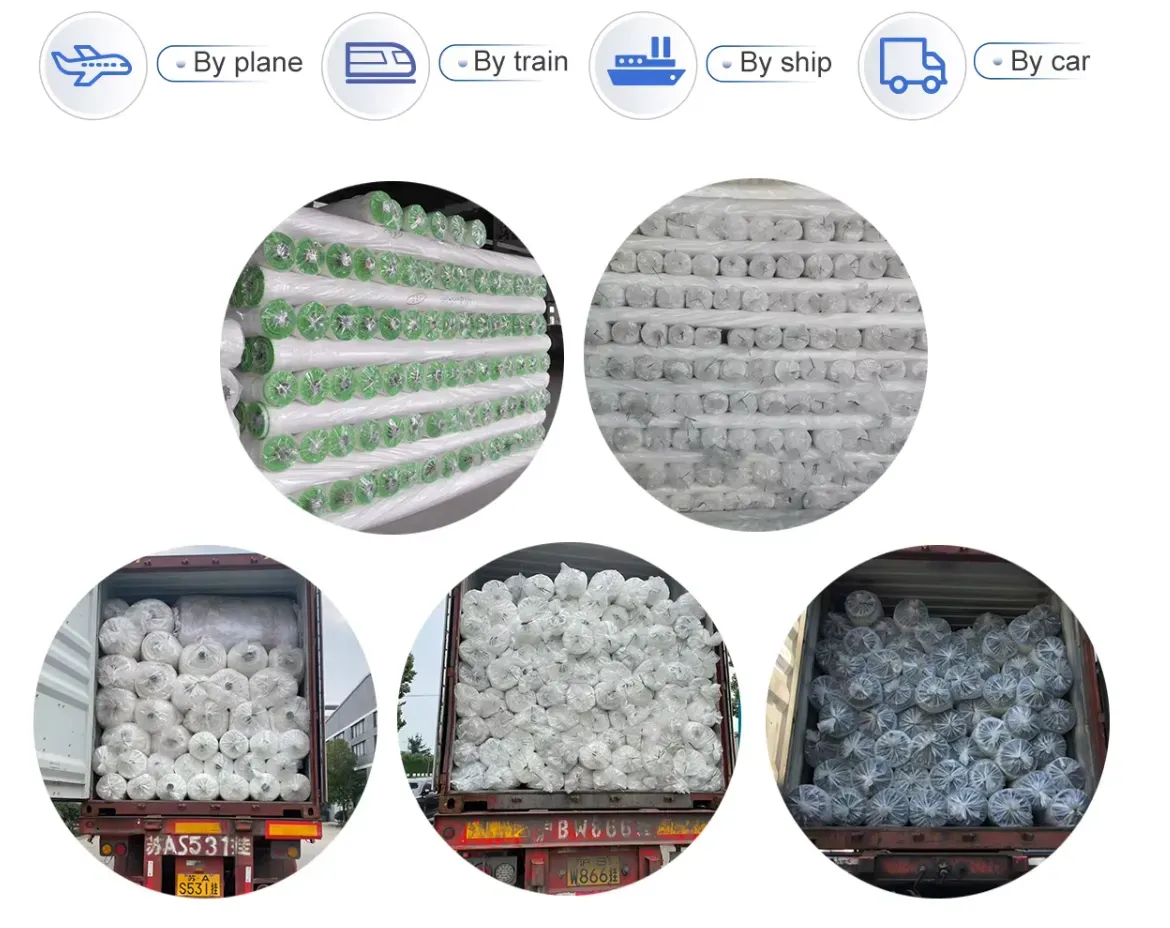-
 Afrikaans
Afrikaans -
 Albanian
Albanian -
 Amharic
Amharic -
 Arabic
Arabic -
 Armenian
Armenian -
 Azerbaijani
Azerbaijani -
 Basque
Basque -
 Belarusian
Belarusian -
 Bengali
Bengali -
 Bosnian
Bosnian -
 Bulgarian
Bulgarian -
 Catalan
Catalan -
 Cebuano
Cebuano -
 China
China -
 Corsican
Corsican -
 Croatian
Croatian -
 Czech
Czech -
 Danish
Danish -
 Dutch
Dutch -
 English
English -
 Esperanto
Esperanto -
 Estonian
Estonian -
 Finnish
Finnish -
 French
French -
 Frisian
Frisian -
 Galician
Galician -
 Georgian
Georgian -
 German
German -
 Greek
Greek -
 Gujarati
Gujarati -
 Haitian Creole
Haitian Creole -
 hausa
hausa -
 hawaiian
hawaiian -
 Hebrew
Hebrew -
 Hindi
Hindi -
 Miao
Miao -
 Hungarian
Hungarian -
 Icelandic
Icelandic -
 igbo
igbo -
 Indonesian
Indonesian -
 irish
irish -
 Italian
Italian -
 Japanese
Japanese -
 Javanese
Javanese -
 Kannada
Kannada -
 kazakh
kazakh -
 Khmer
Khmer -
 Rwandese
Rwandese -
 Korean
Korean -
 Kurdish
Kurdish -
 Kyrgyz
Kyrgyz -
 Lao
Lao -
 Latin
Latin -
 Latvian
Latvian -
 Lithuanian
Lithuanian -
 Luxembourgish
Luxembourgish -
 Macedonian
Macedonian -
 Malgashi
Malgashi -
 Malay
Malay -
 Malayalam
Malayalam -
 Maltese
Maltese -
 Maori
Maori -
 Marathi
Marathi -
 Mongolian
Mongolian -
 Myanmar
Myanmar -
 Nepali
Nepali -
 Norwegian
Norwegian -
 Norwegian
Norwegian -
 Occitan
Occitan -
 Pashto
Pashto -
 Persian
Persian -
 Polish
Polish -
 Portuguese
Portuguese -
 Punjabi
Punjabi -
 Romanian
Romanian -
 Russian
Russian -
 Samoan
Samoan -
 Scottish Gaelic
Scottish Gaelic -
 Serbian
Serbian -
 Sesotho
Sesotho -
 Shona
Shona -
 Sindhi
Sindhi -
 Sinhala
Sinhala -
 Slovak
Slovak -
 Slovenian
Slovenian -
 Somali
Somali -
 Spanish
Spanish -
 Sundanese
Sundanese -
 Swahili
Swahili -
 Swedish
Swedish -
 Tagalog
Tagalog -
 Tajik
Tajik -
 Tamil
Tamil -
 Tatar
Tatar -
 Telugu
Telugu -
 Thai
Thai -
 Turkish
Turkish -
 Turkmen
Turkmen -
 Ukrainian
Ukrainian -
 Urdu
Urdu -
 Uighur
Uighur -
 Uzbek
Uzbek -
 Vietnamese
Vietnamese -
 Welsh
Welsh -
 Bantu
Bantu -
 Yiddish
Yiddish -
 Yoruba
Yoruba -
 Zulu
Zulu
black bird netting
The Importance of Black Bird Netting in Agriculture
In the realm of agriculture, the balance between nature’s bounty and its potential for destruction is a delicate one. Among the various challenges that farmers face, bird damage to crops is a significant concern. This is where black bird netting comes into play, offering a practical and efficient solution to protect crops from avian pests.
Birds, particularly in agricultural areas, can be both a boon and a bane. While they contribute to the ecosystem by controlling insect populations and aiding pollination, their impact on crops can be devastating. In the United States alone, millions of dollars in agricultural losses are attributed to birds annually, particularly in fruit and grain production. To mitigate these losses, farmers and horticulturists turn to black bird netting, an effective barrier that helps safeguard their harvests.
Black bird netting, due to its color and density, offers a dual advantage. First, its dark shade blends seamlessly into the surroundings, making it less conspicuous to birds. This camouflage effect reduces the likelihood of birds attempting to breach the net, as they are less able to detect the barrier. Second, the netting is designed to be durable yet lightweight, allowing for easy installation and removal while withstanding the elements.
One of the primary materials used in the manufacturing of black bird netting is polypropylene. This synthetic fiber is resistant to UV rays, ensuring that the netting doesn’t degrade over time when exposed to sunlight. Its strength also means that it can withstand the pecking and clawing of determined birds without tearing. Beyond its physical properties, the netting’s mesh design allows for air and water to pass through, ensuring that crops beneath the netting receive adequate sunlight and moisture.
black bird netting

In addition to protecting against birds, black bird netting can also provide a barrier against other pests like squirrels and small rodents, enhancing its utility. Farmers can deploy this netting over various crops, including vineyards, fruit orchards, vegetable gardens, and grain fields. By doing so, they not only safeguard their crops but also reduce the need for chemical deterrents, making their farming practices more sustainable and environmentally friendly.
Installation of black bird netting is straightforward. Farmers typically use stakes, posts, or other supports to create a framework over which the netting can be draped. This allows for easy access to the crops for harvesting and maintenance. Additionally, the netting can be customized to fit specific crop layouts and sizes, providing a tailored solution for different agricultural settings.
While black bird netting is highly effective, it is essential for farmers to remain vigilant. Regular checks for holes or tears are necessary to ensure that the netting remains intact. Birds are resilient creatures, and a small breach can lead to significant crop damage if not addressed promptly.
In conclusion, black bird netting serves as a critical tool in the agricultural toolbox, providing an efficient and eco-friendly method for protecting crops from bird damage. As agriculture continues to adapt to various challenges, the use of such protective measures will likely become increasingly important in safeguarding food supplies and ensuring sustainable farming practices. By investing in black bird netting, farmers can mitigate losses, enhance yields, and contribute positively to the ecosystem, illustrating the harmonious interplay between agriculture and nature.
-
Shipping Plastic Bags for Every NeedNewsJul.24,2025
-
Safety Netting: Your Shield in ConstructionNewsJul.24,2025
-
Plastic Mesh Netting for Everyday UseNewsJul.24,2025
-
Nylon Netting for Every UseNewsJul.24,2025
-
Mesh Breeder Box for Fish TanksNewsJul.24,2025
-
Expanded Steel Mesh Offers Durable VersatilityNewsJul.24,2025











